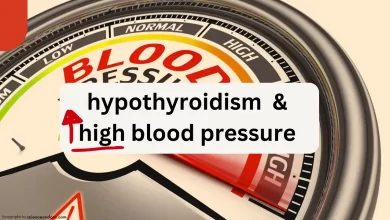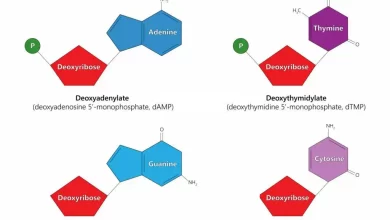While the Nucleus contains most of the cell’s DNA, two organelles have DNA: Mitochondria and Chloroplasts.
We often refer to mitochondria as the “powerhouses” of the cell. They are responsible for generating energy(ATP). Mitochondria have their circular DNA molecules, known as mitochondrial DNA (mtDNA), which are separate from the nuclear DNA. However, mitochondria are not considered organelles in the strict sense, as we believe them to have originated from ancient symbiotic bacteria that were engulfed by early eukaryotic cells.
Chloroplasts, which are found in plant cells and some algae, also have circular DNA molecules called chloroplast DNA (cpDNA). Chloroplasts handle photosynthesis, the process by which plants convert sunlight into energy.
Mitochondria and chloroplasts are unique organelles because they contain their DNA, separate from the nuclear DNA. The DNA in these organelles is circular and much smaller compared to nuclear DNA.
DNA ALSO can be found in the nucleus of eukaryotic cells, which is the membrane-bound organelle that houses the cell’s genetic material. In the nucleus, DNA is organized into structures called chromosomes.
Prokaryotic cells, such as bacteria, also contain DNA, but they lack membrane-bound organelles like the nucleus. In prokaryotes, the DNA is found in the nucleoid region, which is a non-membrane-bound area within the cell.







